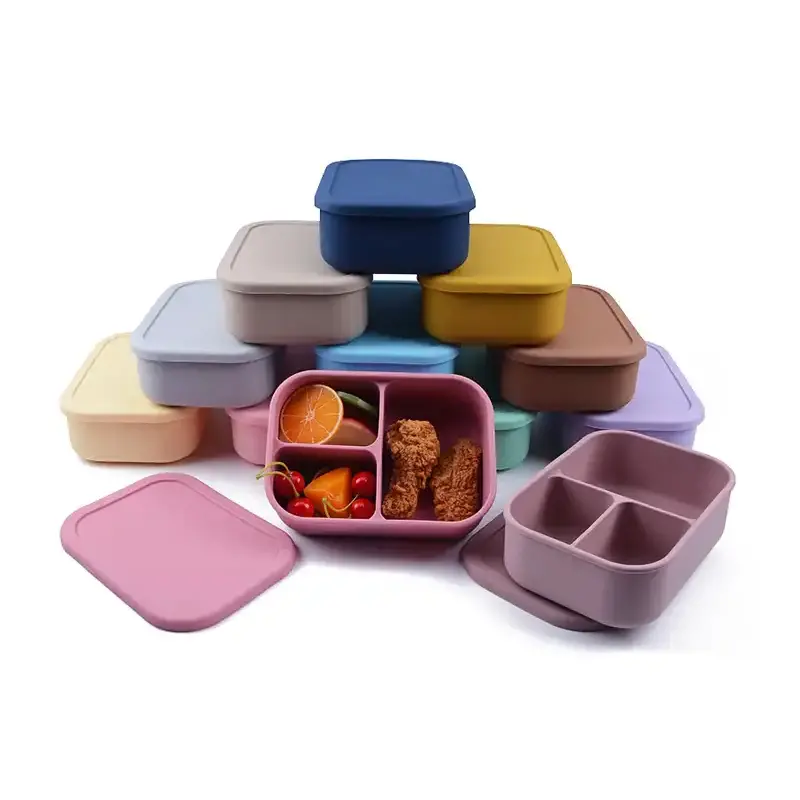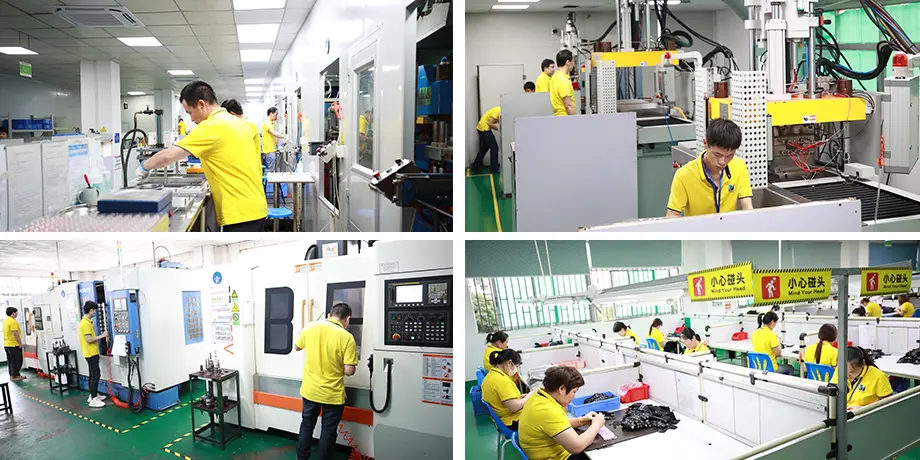The difference between liquid silicone and solid silicone molding
2023-11-06
Liquid silicone rubber (LSR) molding and solid silicone rubber molding are two distinct processes for manufacturing silicone rubber components, each with its own advantages and applications. Here are the key differences between the two:
-
Material State:
-
Liquid Silicone Rubber (LSR) Molding:
- LSR molding uses liquid silicone rubber as the raw material.
- LSR is a two-part liquid silicone compound that is mixed, heated, and injected into molds to form parts.
- It has lower viscosity, making it suitable for injection molding processes.
-
Solid Silicone Rubber Molding:
- Solid silicone molding uses solid or gum silicone rubber as the raw material.
- Solid silicone is already in a solid state and is typically used in compression or transfer molding processes.
- It has higher viscosity compared to LSR.
-
-
Molding Process:
-
LSR Molding:
- LSR is injected into molds at high pressure and is then cured through a heating process.
- It is well-suited for intricate and complex part geometries.
- LSR molding often results in parts with minimal flash or waste material.
-
Solid Silicone Molding:
- Solid silicone is typically processed using compression molding, transfer molding, or sometimes injection molding with pre-compounded materials.
- It is better suited for simpler part designs and bulkier components.
- Solid silicone molding may produce more flash or waste material compared to LSR molding.
-
-
Curing Method:
-
LSR Molding:
- LSR is typically heat-cured to create a durable and flexible final product.
-
Solid Silicone Molding:
- Solid silicone is also heat-cured to achieve the desired properties in the finished part.

-
-
Advantages:
-
LSR Molding:
- Suitable for precision and intricate parts.
- Low viscosity allows for excellent flow and filling of complex molds.
- Offers good temperature resistance and flexibility.
- Minimal flash, which reduces waste.
-
Solid Silicone Molding:
- Better for simpler part geometries and larger components.
- Suitable for parts that require higher durometer (hardness) levels.
- Can be more cost-effective for certain applications.
-
-
Applications:
-
LSR Molding:
- Medical devices, including silicone tubing and seals.
- Automotive components, such as gaskets and connectors.
- Consumer electronics, like keypads and seals.
- Baby products, such as pacifiers and bottle nipples.
-
Solid Silicone Molding:
- Industrial gaskets and seals.
- Industrial and automotive components.
- Bakeware and kitchen utensils.
- O-rings and other sealing products.
-
In summary, the choice between LSR molding and solid silicone molding depends on the specific requirements of the part, including its complexity, size, hardness, and intended use. Both processes have their advantages and are used in various industries to manufacture silicone rubber components.

Can ordinary silicone be platinum vulcanized?
Exploring the Versatility of Silicone Bibs: Care and Maintenance Tips







